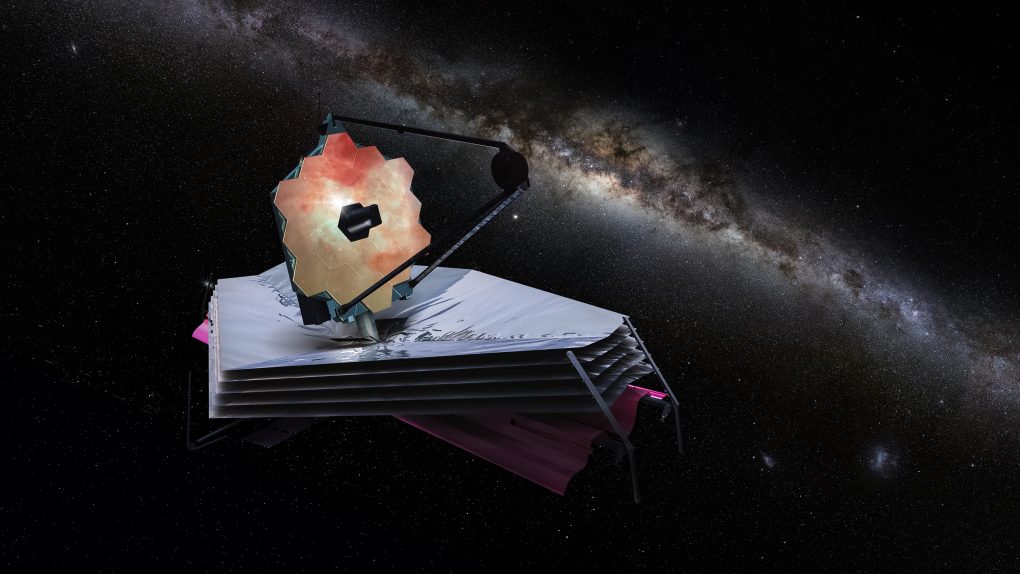James Webb has uncovered the traits of an ancient galaxy situated more than 25 billion light years away. The galaxy is known as GS-9209 and scientists believe it formed between 600 to 800 million years after the Big Bang. It’s the earliest galaxy of its type that we have found to date, researchers claim. Now, researchers have observed the galaxy more in-depth, discovering some key facts about it.
First, the researchers discovered that this ancient galaxy is roughly 10 times smaller than the Milky Way. The researchers estimate that the galaxy has a combined mass of around 40 billion times the Sun, an intriguing trait for such an ancient galaxy. Despite that massive size difference, though, GS-9202 is home to almost as many stars as our own galaxy, making it extremely dense and packed with cosmic material.
That’s the other intriguing trait about this ancient galaxy that has left researchers scratching their heads and trying to learn more. Despite being so densely packed with cosmic material, GS-9202 is no longer spitting out young stars. In fact, the team says that when they observed it roughly 1.25 billion years after the Big Bang, the galaxy hadn’t formed any new stars in at least half a billion years.

Further analysis of the ancient galaxy’s traits shows that GS-9209 contains a supermassive black hole at its center that is five times larger than astronomers expected from a galaxy with this number of stars. As such, the size of this black hole could help explain why GS-9209 is no longer bearing new stars.
When supermassive black holes, like the one found here and at the center of the Milky Way, start to grow, they release massive amounts of high-energy radiation. This radiation can heat up and push gases out of the galaxies. This ancient galaxy’s starless trait, then, may have been fueled by the rapid expansion of the black hole in the center pushing all the gas needed to bear new stars from the densely packed region.
A new study on these findings is available to read in Nature. In that study, the researchers detail their discovery, as well as the traits that they’ve found surrounding this ancient galaxy.








